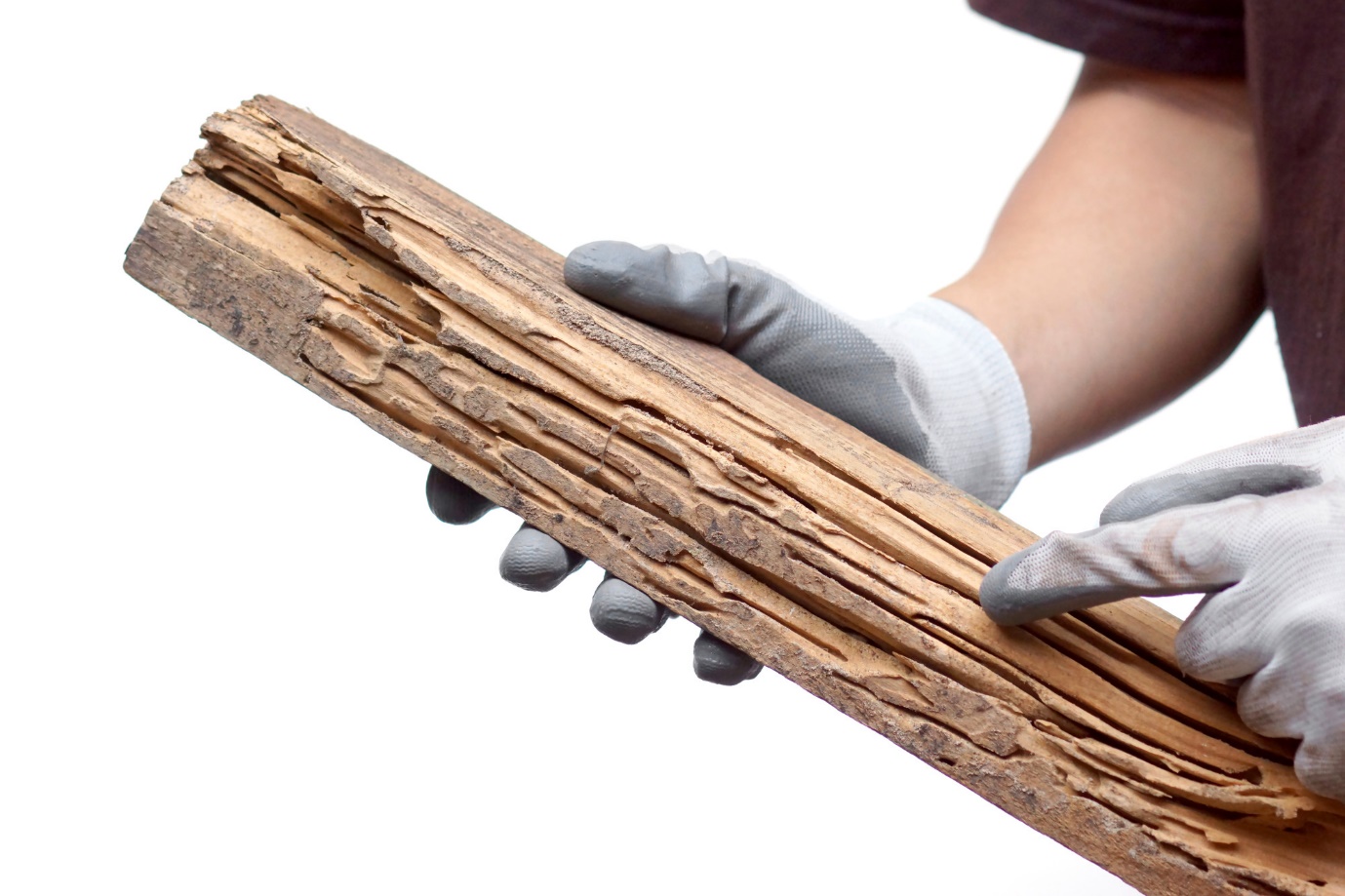
Did you know that each year termites cause over $5 billion worth of property damage? The reality is that termites are so widespread that it’s not so much ‘if’ they’ll infest your home, but rather ‘when’.
Because of this, you must recognize the early indication that termites have entered your home. That’s why we made this article. In it, we’ll teach you the nine signs you have termites in your house.
That way, you can call a professional and deal with the problem as soon as possible.
1. Termite Droppings
Like most insects and animals, termites leave behind their droppings when they move into an area in mass. Typically termites will leave behind small wooden pellets of excrement.
It often looks like sawdust or coffee grounds. Why is this out in the open? Because termites like to keep their tunnels clear. Because of this, they remove the obstacles in front of their path.
As such, you should keep an eye out for them, especially at access points with a lot of wood. And, don’t just confine the search to your house.
If you store firewood outside, then you should regularly inspect the wood and the area it’s stored. Often termites will be attracted to firewood and then move on to a house that’s close by once they’ve established themselves.
2. Termite Swarmers
When a termite colony is established, they’ll send out swarmers to expand their areas. These winged termites leave in the spring to mate and produce an even larger colony.
If you spot hordes of these swarmers, then you should immediately contact a professional. What do they look like? They’re half an inch long with two sets of wings, both nearly translucent.
Many people often mistake them for flying ants. Often it means that the colony hasn’t been established yet. But, it will if you wait too long.
3. Discarded Wings
Most people aren’t lucky enough to see the swarmers before they get established. However, the good news is that they do leave signs around. Once termite swarmers are established they shed off their wings.
As such, if you see any of them, then it’s evidence that the termites are getting established. Look for them around your window sills, or other points of entry.
4. Mud Tubes
Most types of termites need to stay moist to survive. Because of this, they don’t venture out in the open often, even when they’re burrowing into homes. Typically they’ll either burrow through an entry point under the home.
However, they’ll also be known to utilize mud tubes that are made from dirt, feces, and soil. These are small passageways that are roughly the size of pencils.
They can be found inside walls, along with foundations, through windows, and any other area that a termite is likely to traffic.
5. Termite Bodies
You should also keep an eye out for the bodies of the termite swarmers. Sadly, this can be difficult because swarmers tend to prefer avoiding high-traffic areas. However, you can still find them by knowing their behavior.
Termites prefer warm environments when they mate. As such, they can usually be found near light sources and other warm areas. In addition to this, you should also look for them in the web of spiders, who hunt them.
6. Wood Walls or Floors That Are Swollen
When you see swollen wood floors or walls, then your first instinct might be that it’s water damage. However, if there’s no evidence of moisture, then this is probably termites.
When termites burrow under the wood in masse they cause it to swell in appearance. You may also notice the paint on the wall bubbling.
7. Hollow Wood
Termite damage is quite real. Sadly, it’s often invisible to the naked eye. This is because most termite colonies will eat wood from the inside out. While you can’t always see it, there’s an easy trick to identify.
Simply knock on the wood. If you hear a hollow sound, then it’s clear evidence that the termites have burrowed their way through it. You should confirm this by looking for cracks or splitting surfaces along the sides.
8. Exit Holes
When wood-eating termites consume wood, they chew their way through. Once they’re done they leave holes in the wood. These holes are known as exit holes or kick-out holes.
These holes also serve a double purpose. Swarmers will come and lay eggs inside of them. That’s why you can often find termite feces at the bottom of them.
This is a clear sign that you not only have termites but that they’re starting to become well established in your home.
9. Visual Signs on the Wood
Hollow wood isn’t the only indication of termites. You should also inspect the exterior part of the wood. Termites will typically live a thin, brown film over the wood that they damage. This film is slightly gritty.
If you take a blunt butter knife or screwdriver, then it should easily probe the damaged wood. If you discover this, then you must contact this pest control company immediately. This means that the termites have already entered your home and damaged it.
Enjoy Learning About the Signs You Have Termites? Keep Reading
We hope this article helped you learn about the signs you have termites in your house. When it comes to termite infestations, the quicker you can deal with them the easier it will be to nip in the bud.
As such, you should contact a professional even if you just suspect that termites might be in your home. After all, it’s better to be safe than sorry. Did you enjoy this article? If the answer is yes, then you’re in the right place.
Keep exploring to find more topics that you’re sure to love.



Leave a Reply